
Uggggggh! That’s the sound most of us diehard comic fans make when we hear that a character will be rebooted from the ground up. It means another rehash of an origin story that, in all likelihood, will never, ever compare to the original. No Spider-Man comic has ever told the origin better than Amazing Fantasy #15. There have been more Superman origin stories than I can count, and all but a few are terrible. Wonder Woman, Thor, and Captain America have never seen a comic that drastically improved on their Golden Age origins—and that’s saying something.
But occasionally, a diamond is cut from rough coal. Sometimes, an origin story reboot either improves on the original or adds something unique and special to it.
These are my favorites.
A few caveats before I begin my list: These are origin retellings, not origin first-tellings. That’s why Amazing Fantasy #15, the single greatest comic of all time, isn’t on here. It’s also not a list of reboots. DC’s new 52 is largely forgettable, but the great Wonder Woman title doesn’t count as an origin story since it really hasn’t told her origin in a single story: It’s parsing out backstory issue by issue, without a grand “origin story” that unveils all you need to know about the character’s inception in one fell swoop. That’s why Grant Morrison’s Action Comics wouldn’t apply here either (also, it’s not quite good enough).
And finally, the classic retelling is from Morrison and Frank Quitely’s All-Star Superman, it’s one page that looks like this:
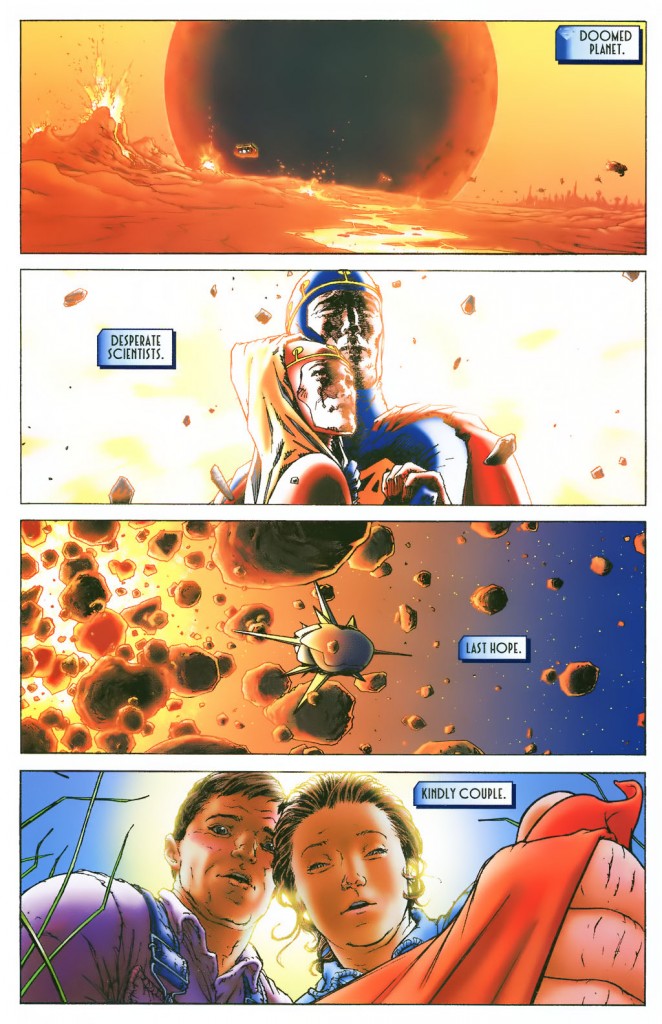
But that’s not an origin story. That’s a summation. A recap page. It isn’t a blown-out origin tale. Same thing with Morrison’s “Animal Man” work: No real “origin story,” just lots of little bits and pieces dropped throughout the stories. In both of these cases, the overall story was much more complex and satisfying—but it wasn’t an origin story.
Let’s begin.
HONORABLE MENTIONS:
A few books that didn’t make the top 10, but are good reads/retcons:

- Fury MAX. The current volume, by Garth Ennis and Goran Parlov, is essentially Nick Fury: Year One, except that it spans much of his early career and makes a lot more sense than the stories with the Howling Commandos. But it’s not technically an origin story and really pays no attention to any existing mythology, so it can’t make the list. Besides, Ennis has a much better work on the list at #6.
- The Shazam! backups by Geoff Johns in the new 52 Justice League comic. These 5-8 page features were actually the only reason to buy that book.
- All-Star Batman and Robin: The Boy Wonder by Frank Miller and Jim Lee. Canon fans hate it. I thought it was extraordinary.
- Fantastic Four: First Family. See what I thought of this one here. Hint: It’s great.
- Man of Steel. I thoroughly enjoyed all of John Byrne’s Superman run, but this 6-issue mini was a terrific way to modernize a character while staying true to much of what had been told in the 30 years prior. Check out my Byrne Superman posts here.
- Marvels. Kurt Busiek and Alex Ross’ take on the origin of the Golden Age marvel universe was extremely detailed and full of tasty Easter eggs.

10. GREEN ARROW: YEAR ONE by Andy Diggle and Jock (2007)
AKA, the only Green Arrow story worth reading, Diggle and Jock gave the character a … character for the first time. I mean, the old Neal Adams Green Lantern/Green Arrow books were good and all, but it could have been lots of people in the Arrow role. Coulda been Batman. Heck, coulda been Robin. Diggle and Jock used Oliver Queen’s background to tell a story of corporate greed and betrayal, and of Cast Away meets Robin Hood, that made Green Arrow make sense, for the first and only time in the character’s long history.
9. DAREDEVIL: THE MAN WITHOUT FEAR by Frank Miller and John Romita, Jr. (1993)

You have to give Frank Miller credit: When most writers sign on to reboot a series or begin a career-defining arc with a character, they feel the need to retell the origin. Not so, Frank Miller. It was a decade after his career-defining Daredevil run that he finally took on the origin story. It presents Miller’s most family-oriented writing, focusing on Matt Murdock’s relationship with his father, and does a good job incorporating prior stories about Elektra, Kingpin and, of course, Daredevil. Great stuff. Check it out here.
8. The Origin of The Kingpin in Punisher MAX Volume 2, #1-22

Before you shout that this isn’t a Punisher origin comic, see item #6, below. This is on here because of Jason Aaron and Steve Dillon’s spin on the origin of Wilson Fisk, The Kingpin. When this comic was coming out, I couldn’t wait for every issue. Like the Ultimate universe, this is probably not canon, but since it incorporates most of the major elements of prior origin stories, I think it qualifies as a re-imagining/retelling.
Fisk isn’t just a sadistic mass of fat and muscle (he is that, though): He’s a grown-up kid with horrific abuse in his background. He’s a man who is convinced that he loves his family more than anything—enough to kill for them—but the reader can easily see that this is a lie he’s told himself.
More than any other book I can think of, this story makes sense of a pathological psychopath. It was a sorely underrated comic.
7. HULK: GRAY by Jeph Loeb and Tim Sale (1984)

Loeb and Sale’s “color” series was universally well-received, and although most folks focus on Spider-Man: Blue and Daredevil: Yellow, the Hulk story is perhaps the most inventive. By telling of Bruce Banner and Betty Ross’ longstanding love affair, Loeb was able to focus, through flashbacks, on the Hulk’s psychology. This, of course, is the most important and most interesting part of Hulk’s character. And the story beats are fantastic: It’s a slow simmer to a fast boil, just like Banner’s own personality, to an explosive, destructive climax. Check it out.
6. PUNISHER: BORN by Garth Ennis and Darrick Robertson (2003)
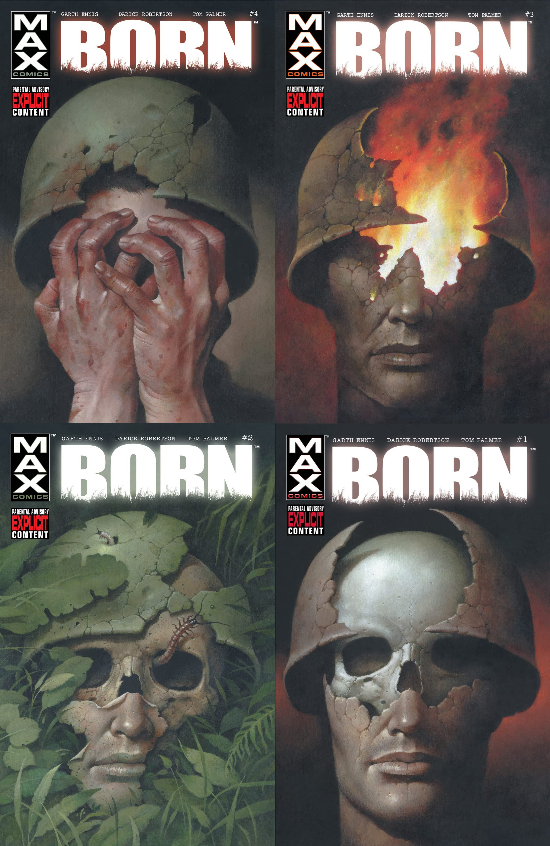
I generally dislike war comics, but the story of how Frank Castle came to be a (literally) demonic force for justice is powerful, and the political implications of the story are just as rich. It’s simultaneously a condemnation of what war does to men, and a celebration of Castle’s ability to kill when necessary for the greater good. It’s not a book for kids or the faint of heart, but there’s none of the gratuitous violence or over-the-top graphic visuals that characterize other Ennis and Robertson works.
And the skull shirt doesn’t even make an appearance.
5. BATMAN: THE KILLING JOKE by Alan Moore and Brian Bolland (1988)

I’m sure many who read this list will think to themselves that this graphic novel is better than some of the later books on this list, and you’re probably right. But Joker’s origin is only one piece of The Killing Joke. The rest is about cruelty and dissocation, and it’s a no-holds-barred picture of Joker as an evil, despicable human being—and one who nevertheless Batman allows to live.
Still, as origins go, it’s the best (and most definitive) Joker origin since Detective Comics #168 introduced the “Red Hood” backstory. DC swears they won’t do to Joker what Marvel did to Wolverine by giving a linear, clear, canon-precise Joker origin—so this is the closest we can come to.
4. SUPERMAN: BIRTHRIGHT by Mark Waid and Lenil Yu (2003)

There are literally dozens of Superman Origin Stories, and most are dull at worst, unimaginative at best. John Byrne’s Man of Steel was a solid foundation for future Superman stories, and is definitely a strong comic, but this one is the first that really updated the Superman mythology so that it could make sense in the 20th Century. Clark Kent and Lex Luthor are seen as childhood friends, but Luthor isn’t portrayed as a victim of baldness who will have his revenge—he’s seen essentially as a bad seed from the start. Superman’s idealism extends to his diet (he’s a vegetarian). His Kent identity makes sense, finally, as a part of a whole gestalt. In fact, I’d say that this origin story focuses less on story and more on character: What makes him both “super” and a “man.”
3. BATMAN: YEAR ONE by Frank Miller and David Mazzucchelli (1987)

This was the first, the best, and the definitive “Year One” comic. DC did many other “Year Ones” and many were very, very good: Robin: Year One and Batgirl: Year One in particular are stellar reads. But this was the best.
2. ULTIMATE SPIDER-MAN Volume 1 by Brian Michael Bendis and Mark Bagely (2000)

In this version, Peter Parker is a cooler dude overall; Osborn was intentionally creating a sort of super-soldier-spider-venom, and Osborn knows Peter has powers. The main story beats are still there: He’s bitten; he tries to be a TV wrestling star; Uncle Ben dies…But Bendis wisely doesn’t focus on these elements. He knows we know them. And he’s not in a rush to establish Spider-Man as a character, resulting in a decompressed, gradual transformation from Peter to Spidey.
Because of this, there’s no real reason to compare it to Stan Lee and Steve Ditko’s classic tale (also, it doesn’t have to measure up to that story because it’s set in the Ultimate Universe); but at the same time, the Ultimate line is clearly an “update” and, therefore, this qualifies as an origin-retelling. It’s also possible to say, without guilt, that this story is just as much fun to read as Amazing Fantasy #15.
1. SWAMP THING #21 by Alan Moore, Stephen Bissette and John Totleben (1984)
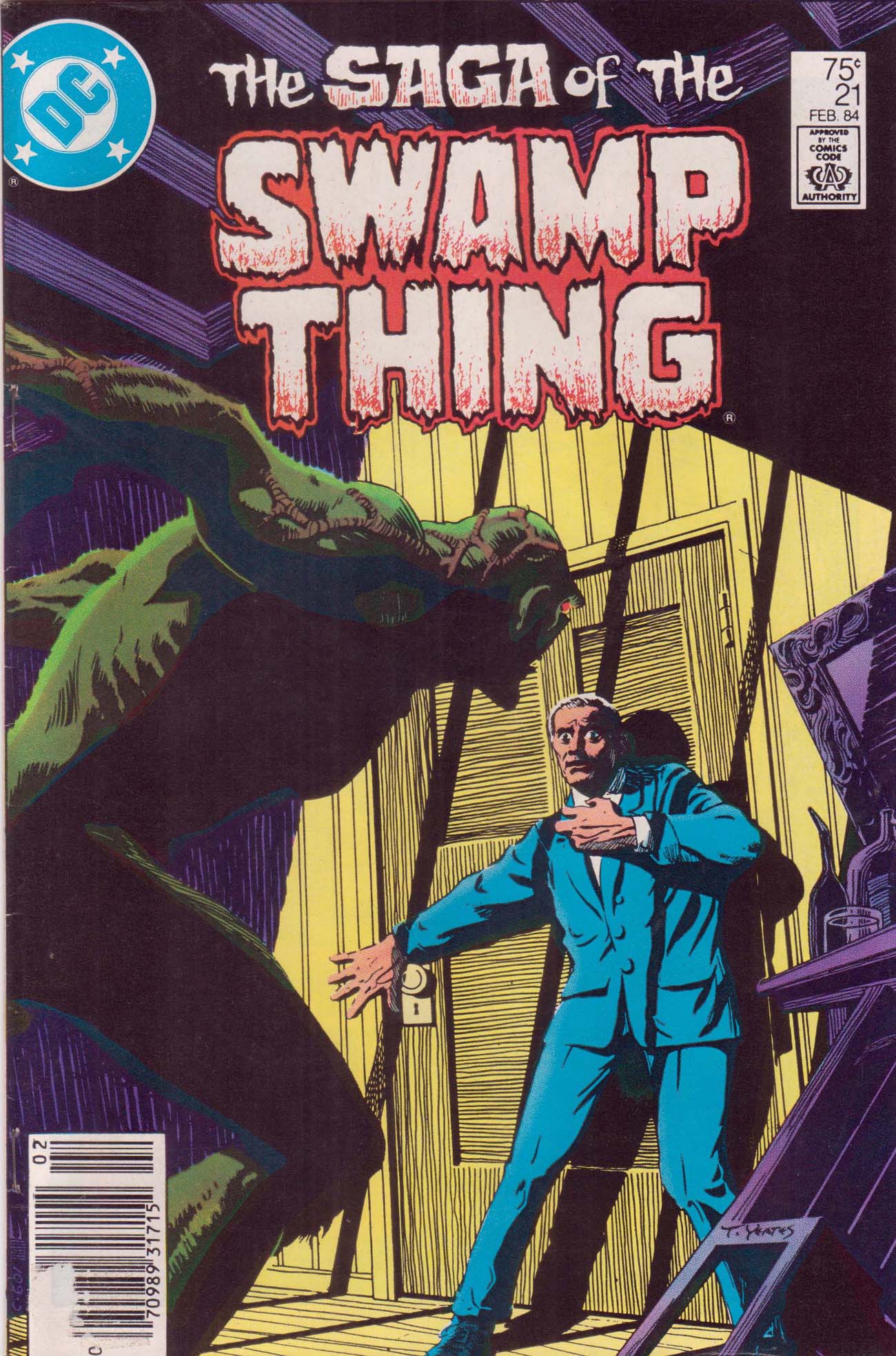
Before Alan Moore, Swamp Thing didn’t matter. And his origin wasn’t much different than that of Flash: A bunch of chemicals spilled on him and turned him into a plant. But in Alan Moore’s version, the plants became a humanoid, with some of the memories/traits of the human whose body they merged with and took over. In this manner, he didn’t have to ignore or retcon anything that had come before, he simply tweaked the perspective. It’s absolutely brilliant.
Other comic heroes have been “taken over by their powers” before and since, but never before had the powers themselves become the character.
The rest of Moore’s long run on this title had to do with the plant-consciousness learning to live with, accept, and eventually love homo sapiens. This is easily one of the greatest comic book runs of all time.



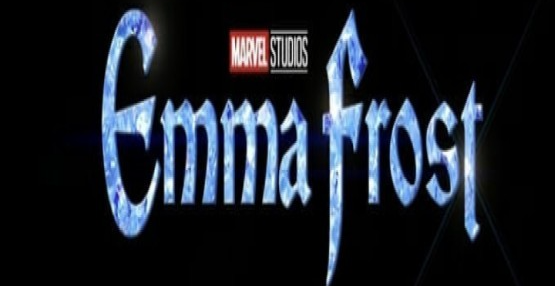
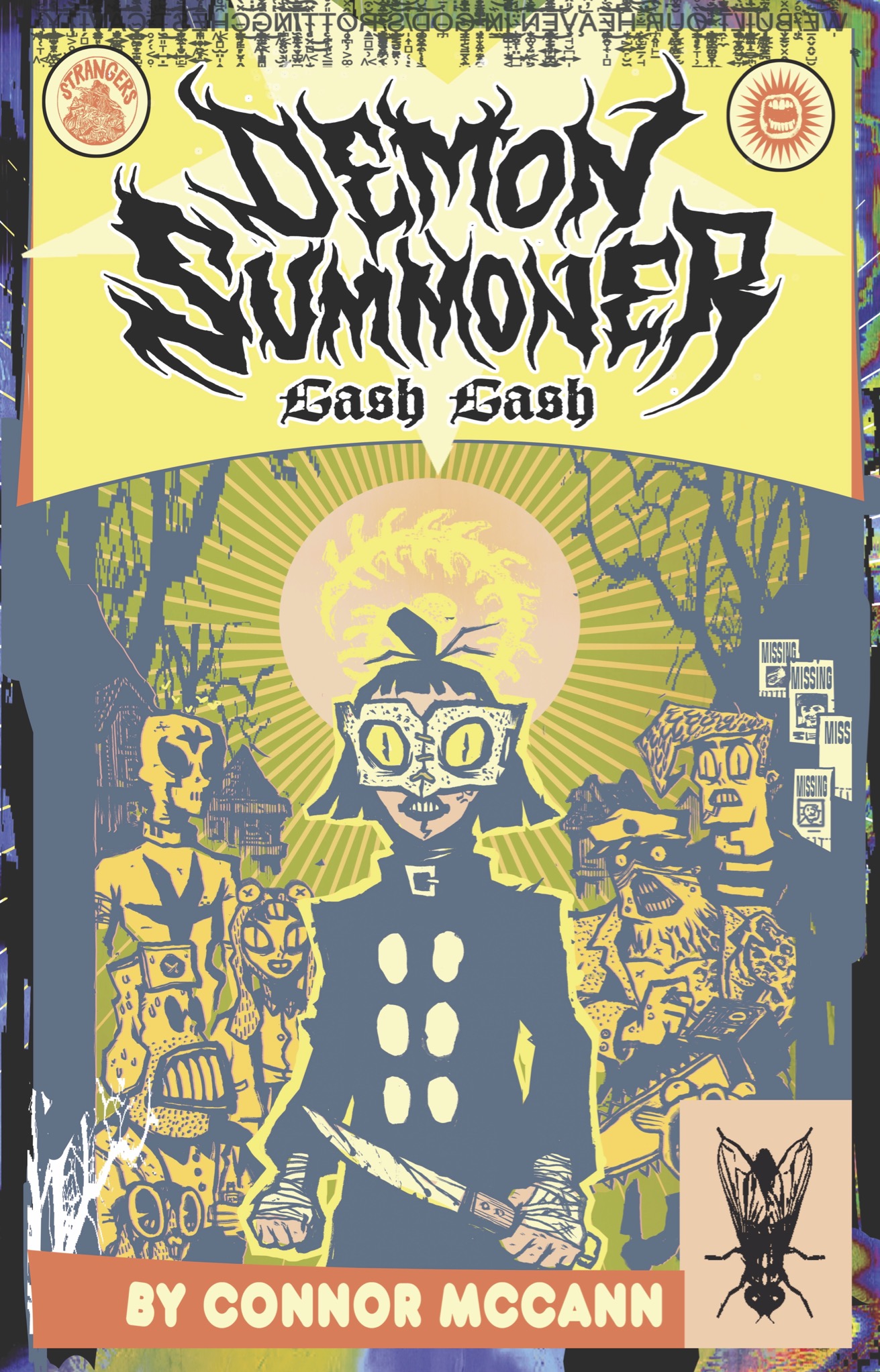
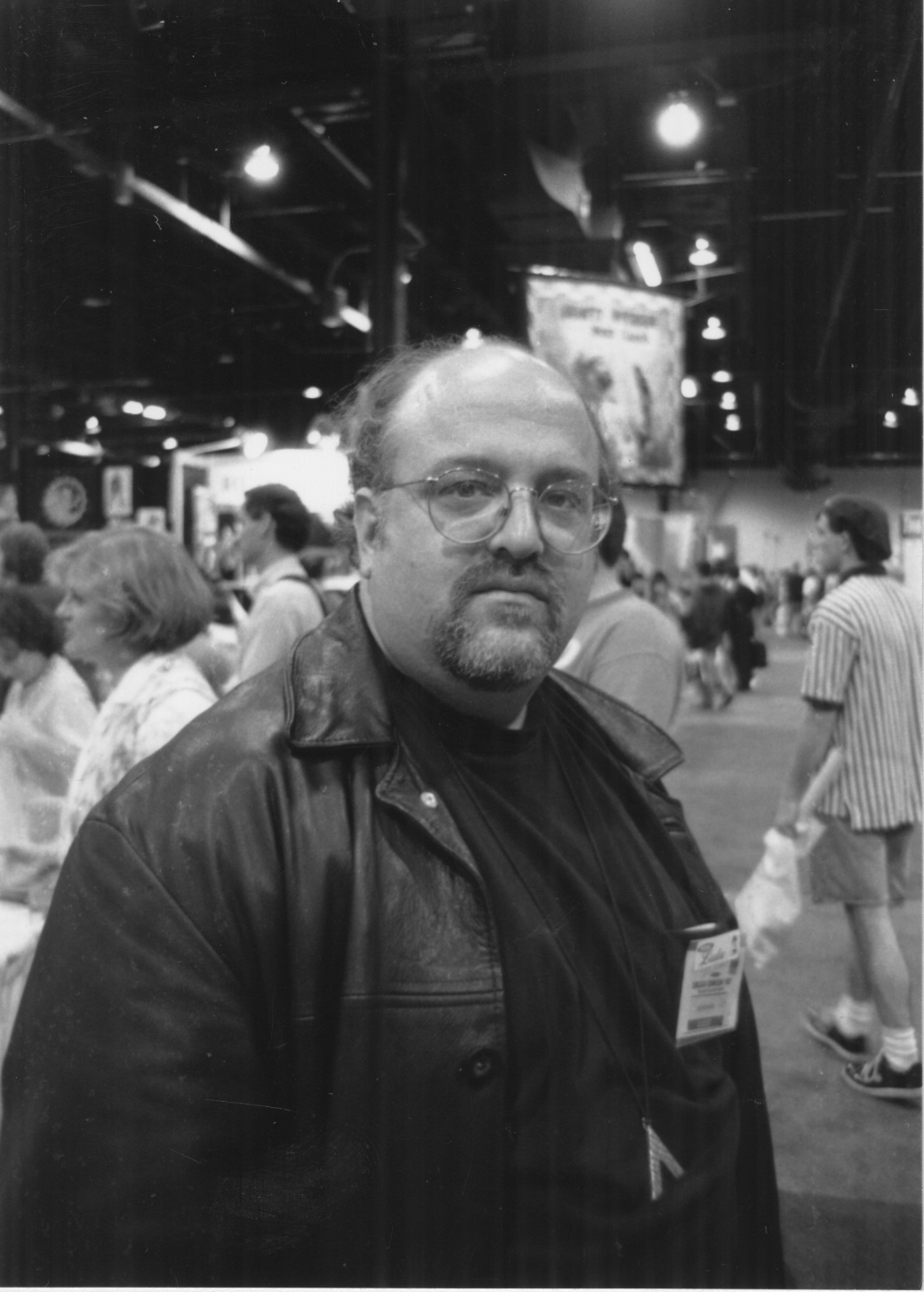

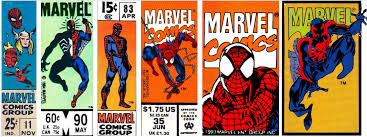


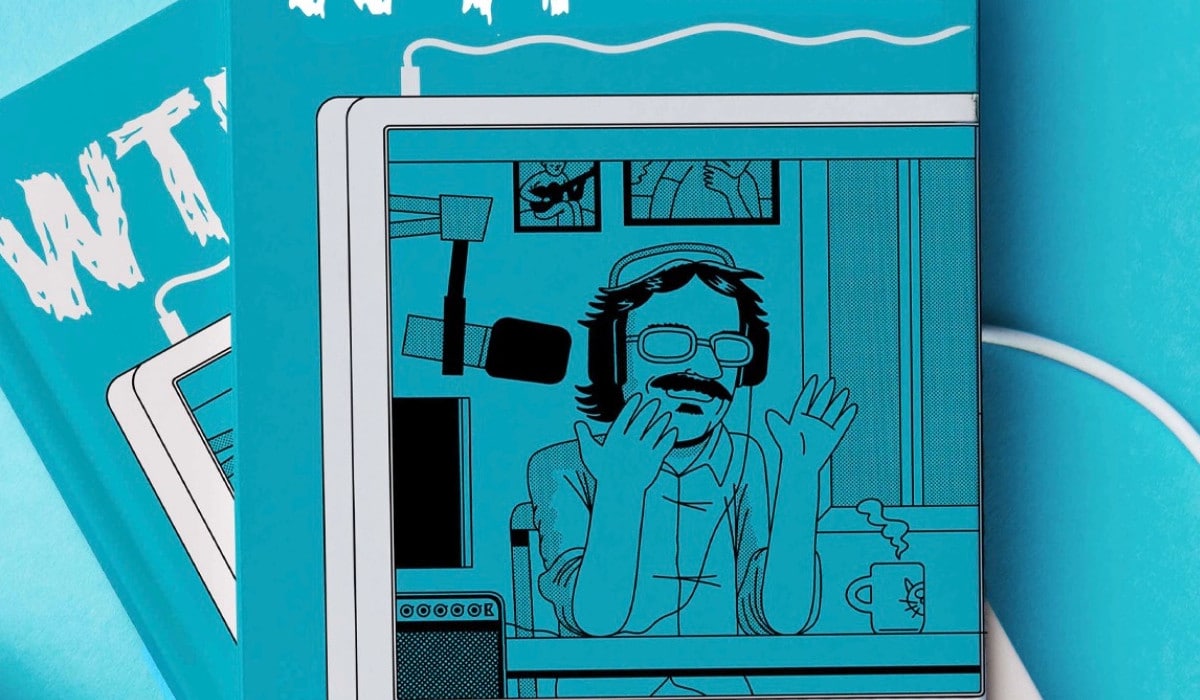
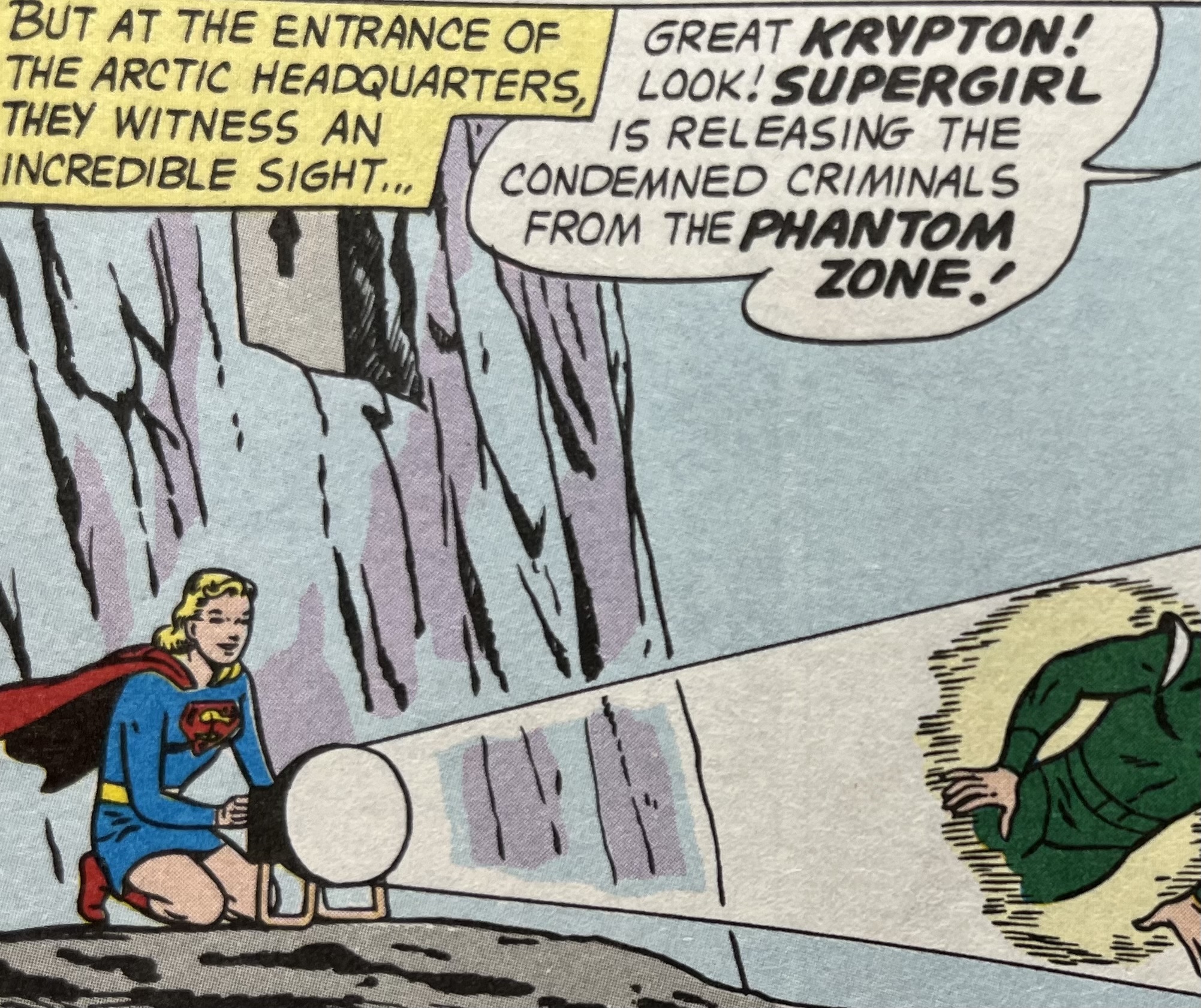


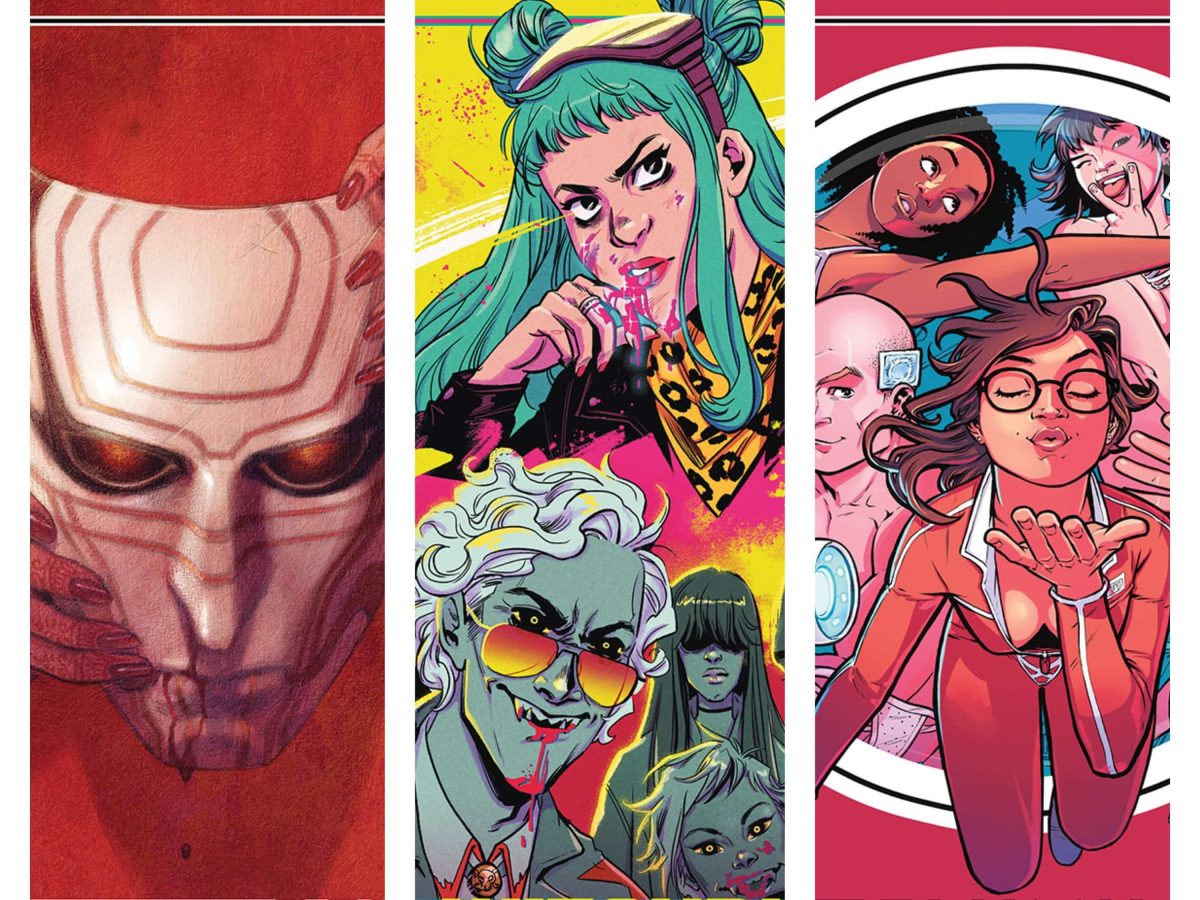
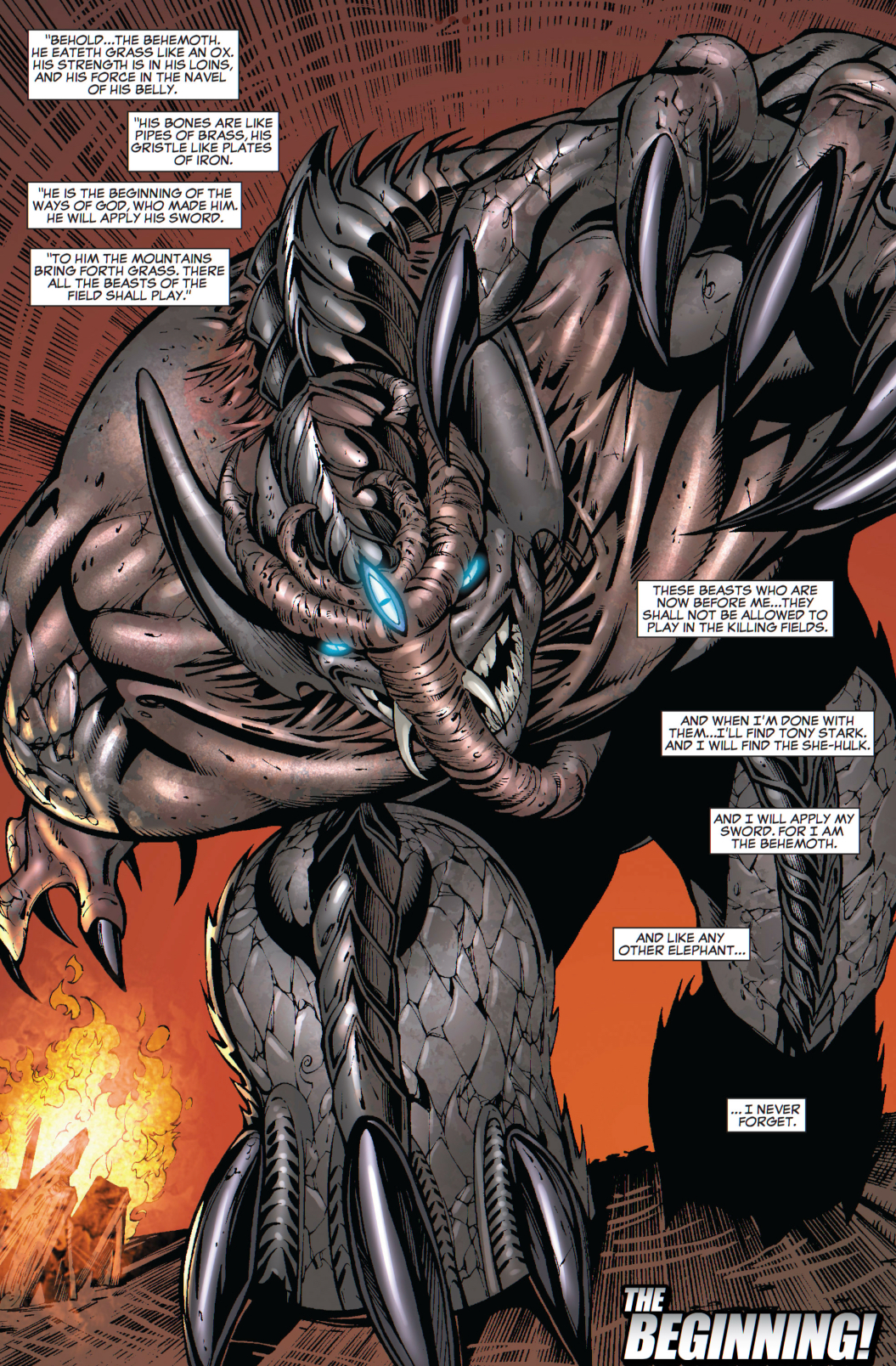

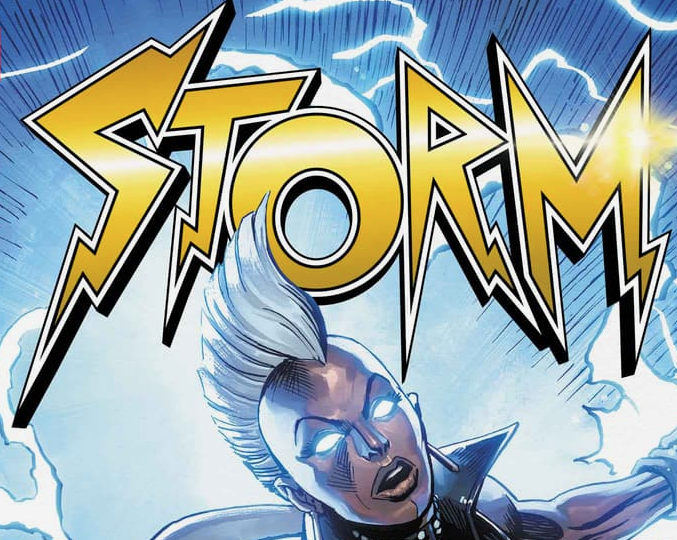
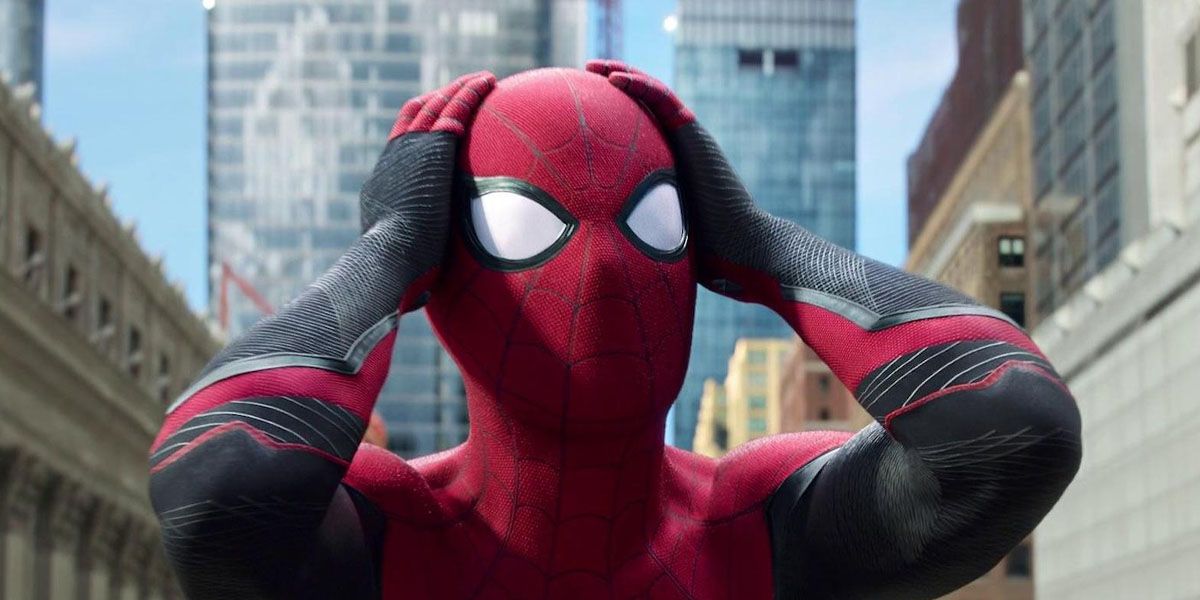
 English (US) ·
English (US) ·